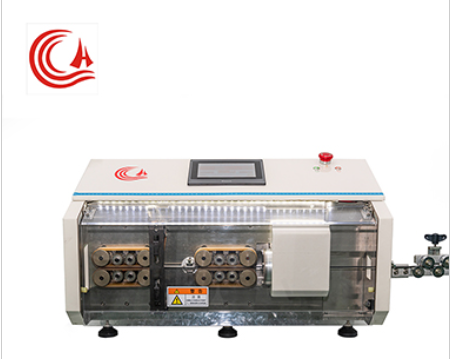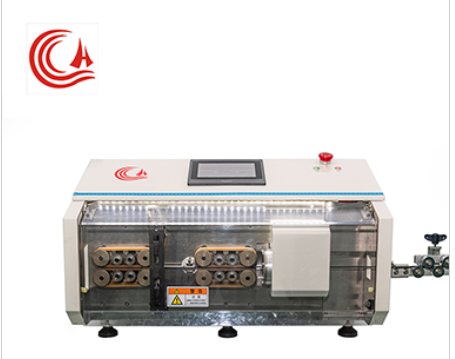Language


In our interconnected world, reliable communication systems are the backbone of modern society. Coaxial cables have been a fundamental component in transmitting data, voice, and video signals for decades. Among the variations of coaxial cables, the strip coaxial cable stands out as a specialized design that offers unique benefits for specific applications. In this article, we will delve into what a strip coaxial cable is and explore how it works.

What is a Strip Coaxial Cable?
A strip coaxial cable, also known as a flat or ribbon coaxial cable, is a distinct type of coaxial cable that departs from the conventional cylindrical design. Instead of a round cross-section, a strip coaxial cable features a flattened profile. This design consists of a center conductor, dielectric material, and a metal strip shield that wraps around the dielectric. This shield is responsible for maintaining signal integrity and shielding the inner components from external interference.
How Does It Work?
The operation of a strip coaxial cable is based on the same fundamental principles as a traditional coaxial cable. The cable's structure enables it to transmit signals over longer distances while minimizing signal loss and interference. Here's how it works:
Center Conductor: The center conductor carries the electrical signal. It is usually made of copper or another conductive material. In strip coaxial cables, the center conductor is flattened to fit the cable's profile.
Dielectric Material: Surrounding the center conductor is the dielectric material. This non-conductive layer separates the center conductor from the outer shield, preventing signal leakage and maintaining impedance. The dielectric can be made from materials like polyethylene or PTFE (Teflon).
Strip Shield: The most distinctive feature of a strip coaxial cable is its metal strip shield. This shield serves two important purposes. First, it provides electromagnetic shielding, protecting the inner components from external interference that could degrade the signal quality. Second, the flattened shield allows for a compact design, making strip coaxial cables suitable for applications where space is limited.
Outer Jacket: Like traditional coaxial cables, strip coaxial cables are encased in an outer protective jacket. This jacket shields the cable from environmental factors such as moisture, heat, and physical damage.
Applications of Strip Coaxial Cables
Strip coaxial cables find applications in specialized areas where their unique design is advantageous. Some common uses include:
High-Density Electronics: The flat profile of strip coaxial cables makes them ideal for connecting components in high-density electronic devices, such as servers and routers.
Internal Wiring: These cables are often employed for internal wiring within electronic equipment, contributing to streamlined designs.
Test and Measurement Equipment: Strip coaxial cables are used in test and measurement applications where precise signal transmission is critical.
Microwave and RF Applications: Due to their shielding capabilities, strip coaxial cables are suitable for microwave and radio frequency (RF) signal transmission.
In the world of communication technology, strip coaxial cables stand as a distinctive solution that provides reliable signal transmission in compact spaces. Their unique design, featuring a flattened profile and a metal strip shield, offers advantages in specific applications where conventional round coaxial cables might be less practical. As technology continues to evolve, strip coaxial cables remain a testament to the innovation that drives progress in communication systems.